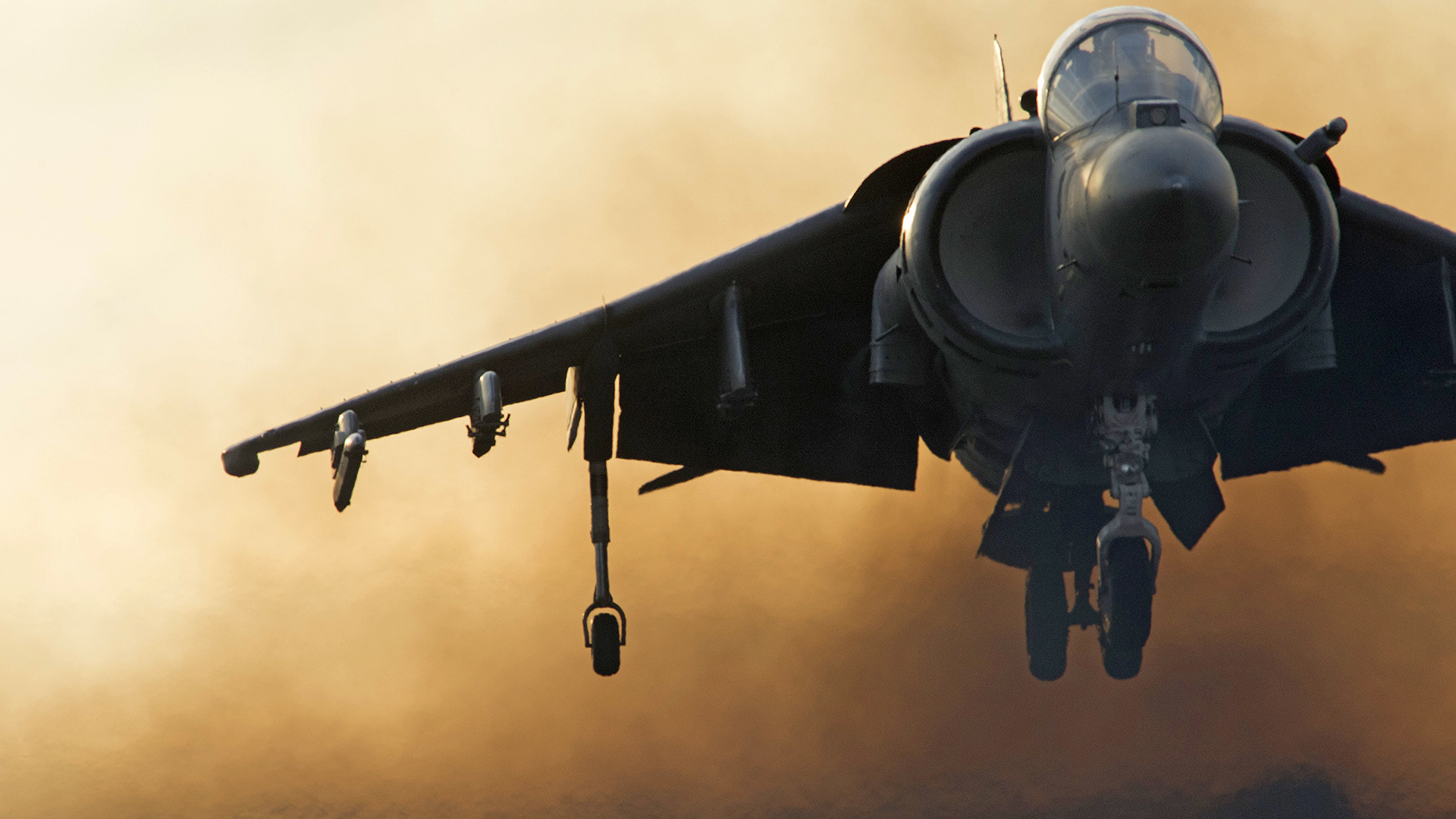The idea of Taiwan acquiring AV-8 Harriers is not new. There have been on and off rumors, and plenty of articles reflecting them, about the island’s military possibly acquiring the iconic ‘jump jets’ for many years. But a number of circumstances have converged in such a way that the case against Taiwan equipping itself with the Harrier has disintegrated significantly. The nature of the Harrier and its upgradability has changed. The acquisition circumstances have changed. And most importantly, Taiwan’s security situation has changed markedly, and not for the better.
China has rapidly grown into a military juggernaut whose capabilities are being tailored to take back control of Taiwan through intimidation or force. Many thousands of words could be spent on just how rapidly the PLA’s capabilities are evolving. If you read this site daily, you will have a good idea of what exactly this looks like. But the harsh fact is that China can encircle the island and rain down an absolutely crushing mix of ballistic and cruise missiles, as well as kamikaze drones, before its ships and aircraft, let alone troops, get to its shores.
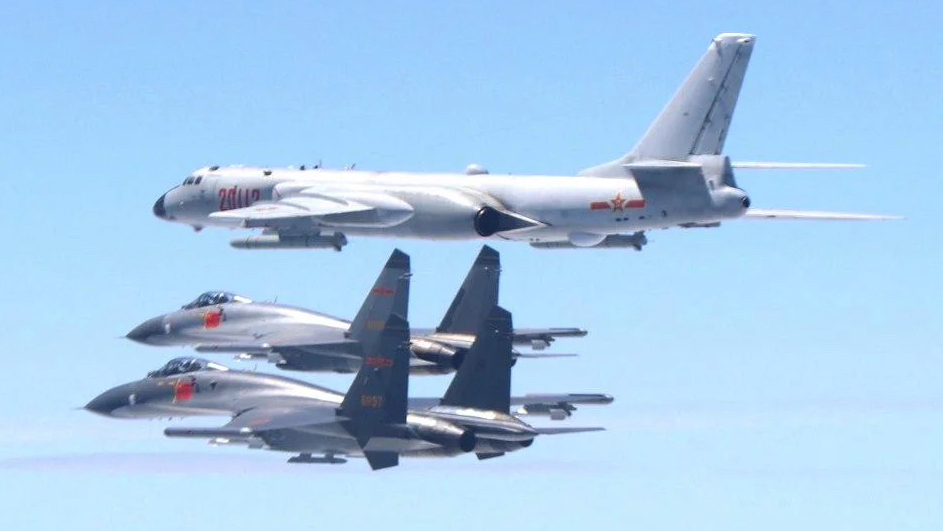
The eastern side of the island, once seen as a safer haven against a massive assault from the mainland, is now in great jeopardy due to advances in China’s naval, long-range air, and missile capabilities. Taiwan’s air defenses will hopefully blunt some of this onslaught, but they are also at risk. The math is sorely against Taipei and it’s getting worse with each passing day. China’s top targets will be air defenses and early warning radar sites, command and control nodes, port facilities, and of course, airstrips.
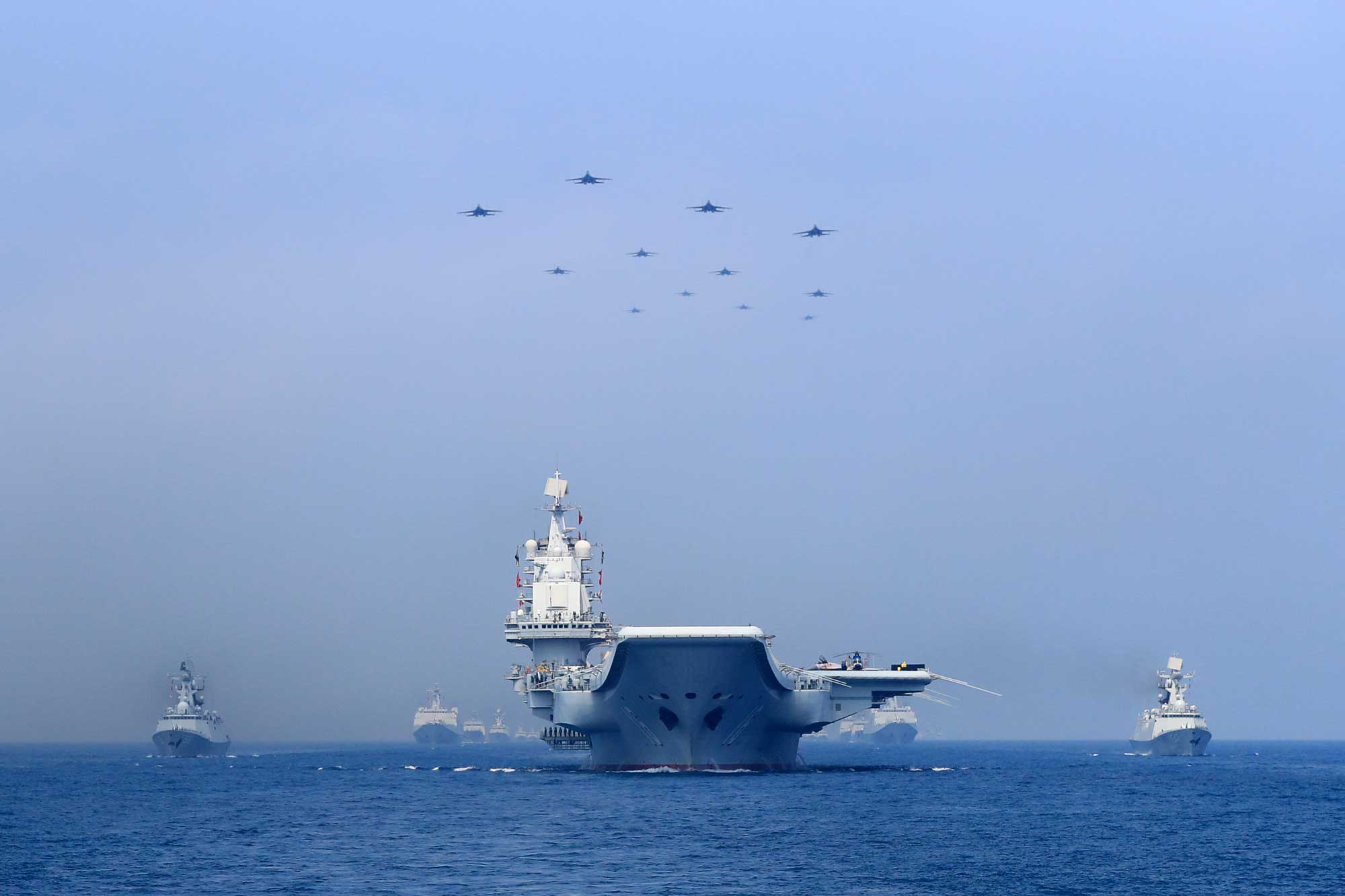
The best way to fight an air force is when it is on the ground and Taiwan’s air force is long runway dependent, period. Yes, this includes a limited number of highway areas that have been built to accommodate dispersed operations, but these are known and easily targeted.


While Taiwan has well-hardened facilities that should help its fixed-wing tactical aircraft survive an onslaught, that doesn’t help when it comes to actually sortieing those assets when they are most needed. The question of will the aircraft that are lucky enough to get off the ground even have a place to return to is an increasingly valid one. It is hard to imagine that existing runways, long taxiways, and long stretches of specially designed highways won’t be under withering assault during the critical opening stages of a Chinese military intervention operation.
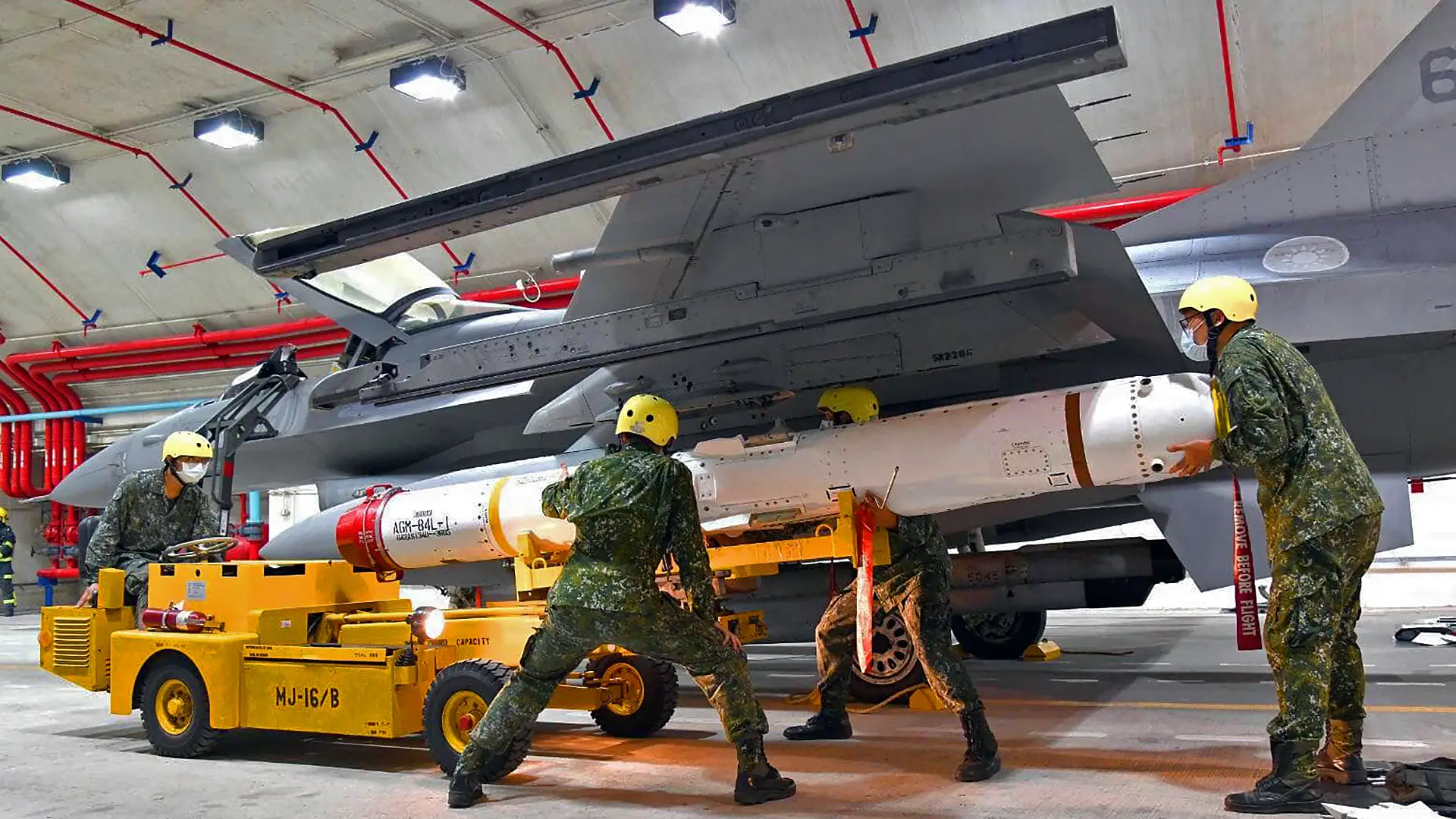
As a result, Taiwan’s precious airpower will be severely curtailed if not largely neutered due to this critical dependence on long and well-prepared operating areas. While Taiwan’s strategy of investing in hardened protective facilities on the east side of the island and dispersed roadway operation may have been relevant even ten years ago, it is very much questionable today.
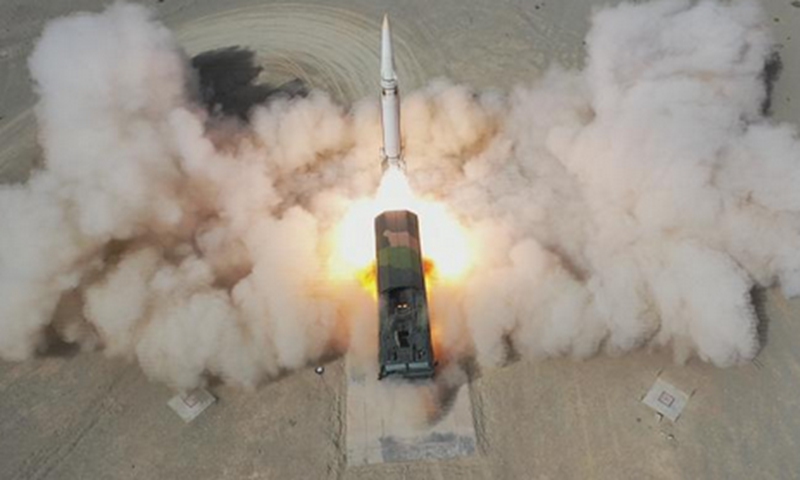
When it comes to short-takeoff and vertical landing jets, Taiwan has indicated at times that it wants the F-35B Joint Strike Fighters. That’s understandable, but really, Taiwan getting F-35Bs, or any F-35s for that matter, is a non-starter at this time for a host of reasons. Just updating ROCAF’s old F-16A/Bs and eventually selling them new F-16s was a massive and tortured ordeal. There are also major technological risks involved with allowing Taiwan to field the F-35. So, don’t expect them to get Joint Strike Fighters anytime soon. But even if that is the endgame, if the Harrier can provide a long runway-independent tactical jet capability for even a decade or so, by then the F-35B may be a viable option and unmanned capabilities will have also matured, as well.

F-35Bs also come at a high price and are very dependent on complex support infrastructure. The ability to generate sorties while the island is under attack may not be ideal for such advanced fighter aircraft that has struggled with readiness and supply chain issues even during peacetime. The Harrier is a far simpler machine with a smaller logistical footprint and virtually no technological risk. What’s more, it’s free. The U.S. Marine Corps is retiring the type totally and has whittled the force down to around 58 jets (as of late Winter of 2022). Within about half a decade, they will be entirely gone. But these aircraft have seen upgrades and will continue to receive more up until they are finally pulled from service. Today, all of the frontline AV-8Bs are radar-equipped AV-8B+s and the aforementioned radar is an absolutely key factor in regard to Taiwan.
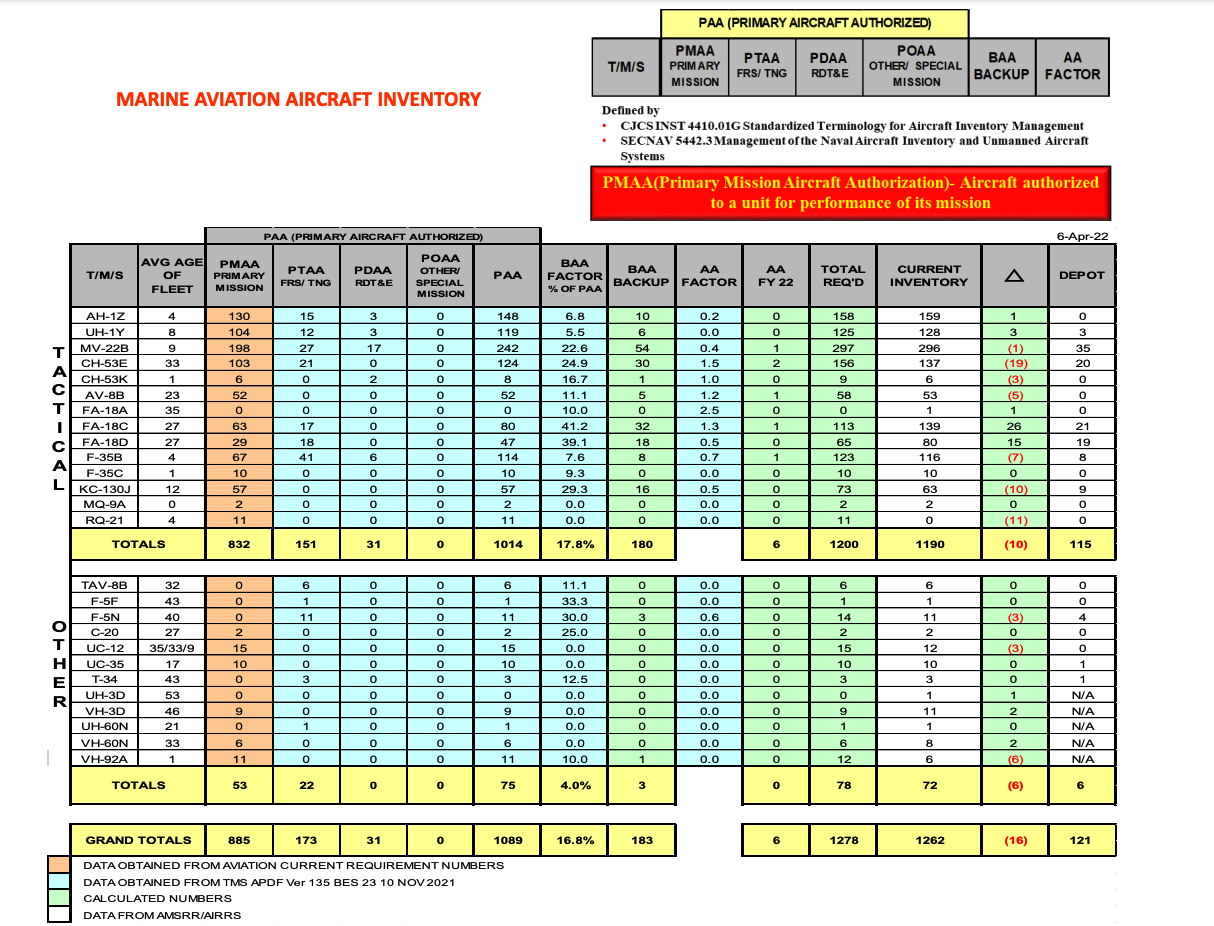
The AV-8B+s are equipped with AN/APG-65 radars that were ported over from F/A-18A/B Hornets. It’s still a usable radar that has gotten some upgrades, and, as of over a decade ago, the radar-equipped Marine Corps jets followed in the British Sea Harrier FA2’s footsteps and started flying with the AIM-120 AMRAAM. Today, these Harriers feature a robust beyond-visual-range air-to-air capability that makes them true multi-role tactical jets.
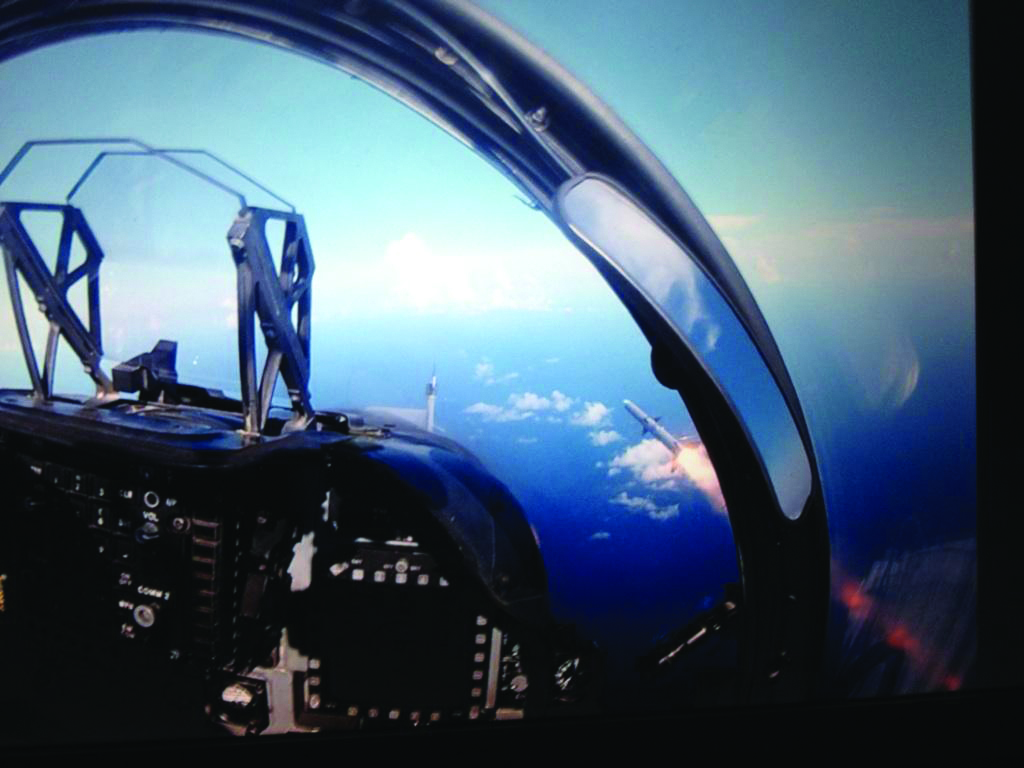
But radar technology has come a long way since the AN/APG-65 entered service — once again, they were second-hand to the Harrier, to begin with — and especially over the last decade. There are now largely plug-and-play Active Electronically Scanned Array (AESA) radar solutions for aircraft that field popular radar sets, like the AN/APG-65. This includes one for the Legacy Hornet in the guise of the AN/APG-79(V)4.
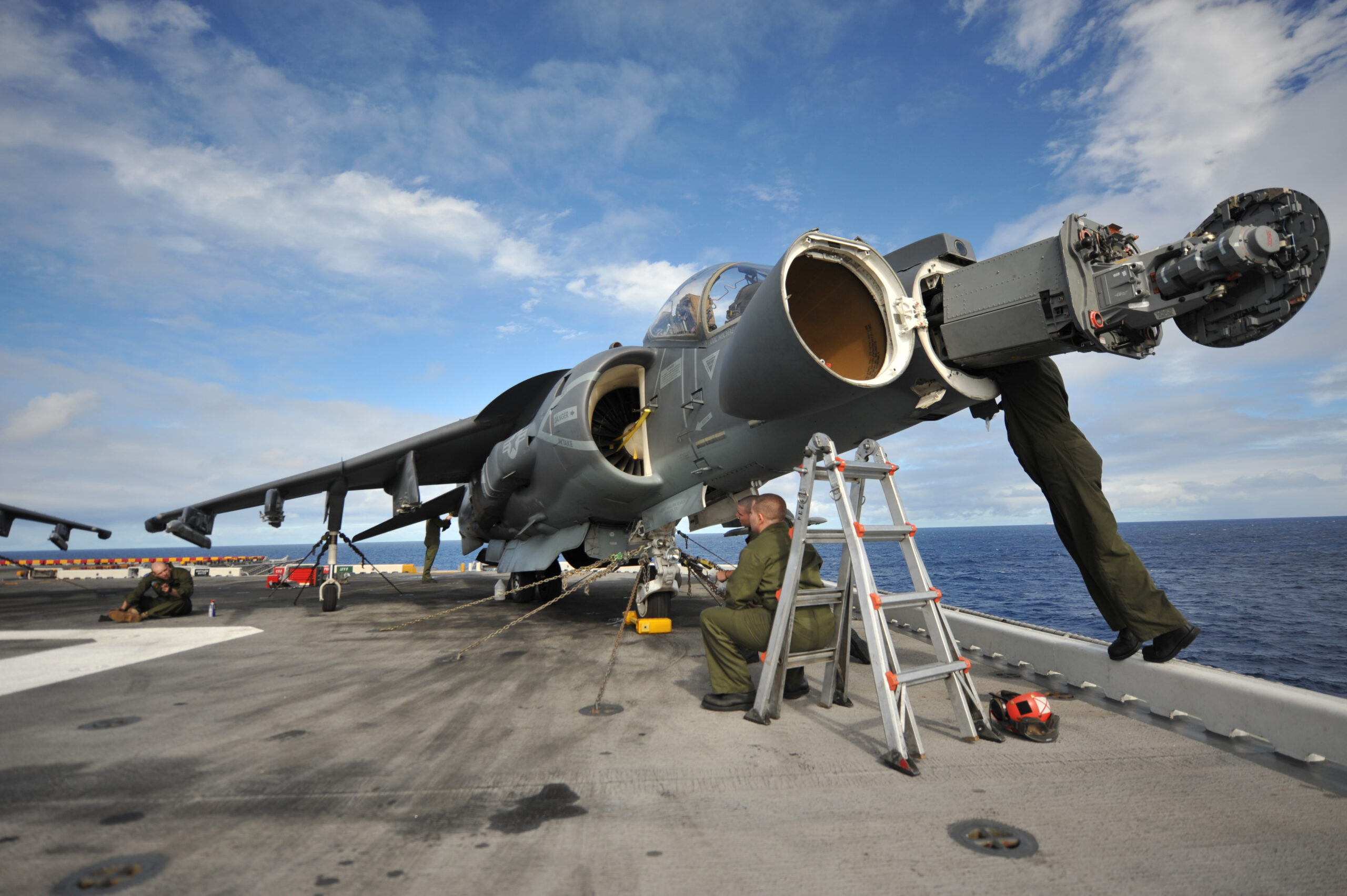
This is a slightly scaled-down outgrowth of the Super Hornet’s AESA. It is incredibly capable, reliable, and mature, and is under constant upgrade and enhancement due to it being a member of the ubiquitous AN/APG-79 family. Most importantly, it’s entirely off-the-shelf.
You can see where I am going here.
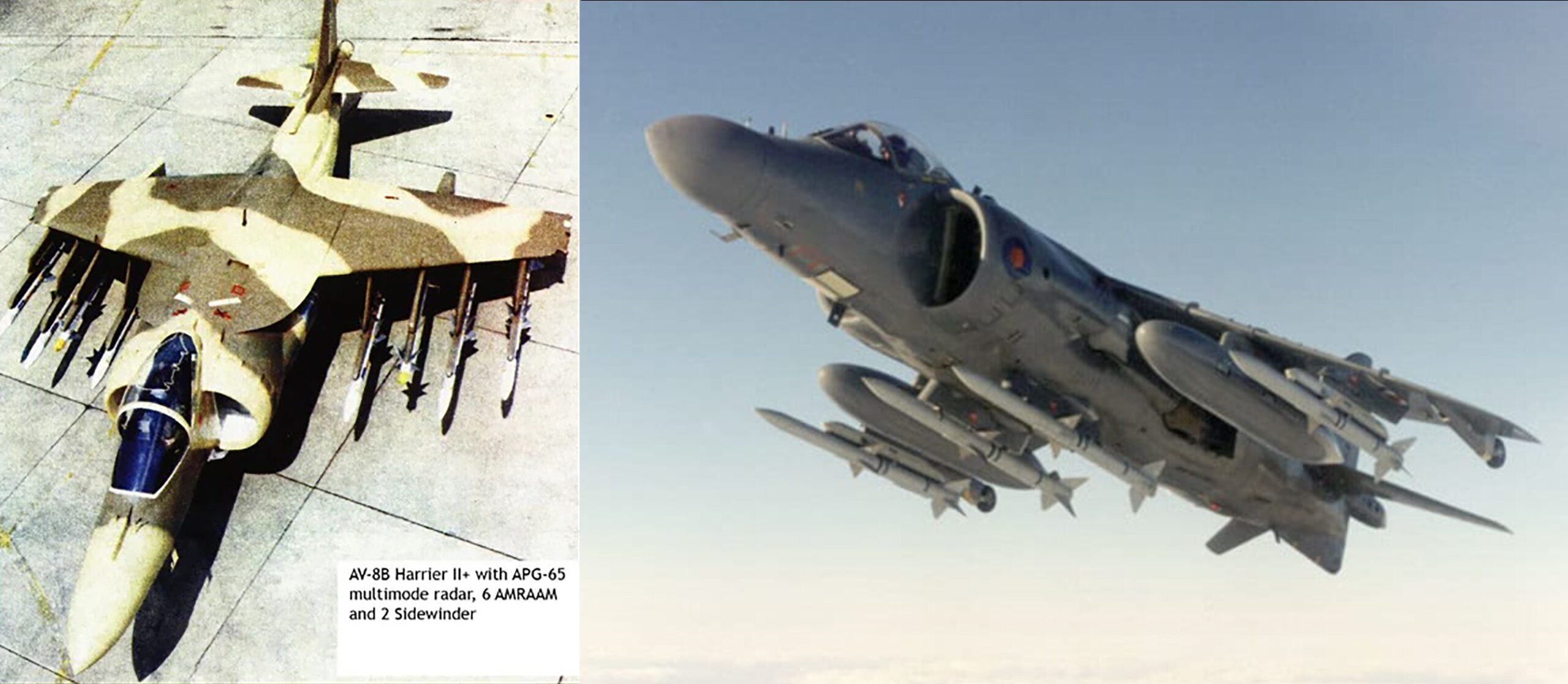
For the cost of nothing for aircraft and the adoption of legacy support infrastructure plus a few million dollars for the radar upgrade per jet, Taiwan could have a highly proven short takeoff and vertical landing (STOVL) aircraft that can operate from small austere areas and can do so while packing an absolutely leading-edge air-to-air punch. AESA radars offer greater range, fidelity, faster scanning, much better reliability, better performance in electronic warfare-saturated combat environments, and can work as electronic attack and high-speed communications systems, as well. Above all else, the AESA is far better at spotting low-flying and small radar-cross-section targets such as cruise missiles, drones, and stealthy aircraft. This is why U.S. fighter units tasked with homeland defense have been equipped with AESA radars and those initiatives are now expanding across the USAF.
The threat to Taiwan from cruise missiles will be massive, as will that posed by drones and stealthy manned and unmanned aircraft. An AESA-equipped Harrier would provide an incredibly well-tailored capability to Taiwan’s air defense needs, one that is survivable via remote basing and that can quickly refuel, rearm, and get back into defending the island from austere forward arming and refueling points (FARPs).
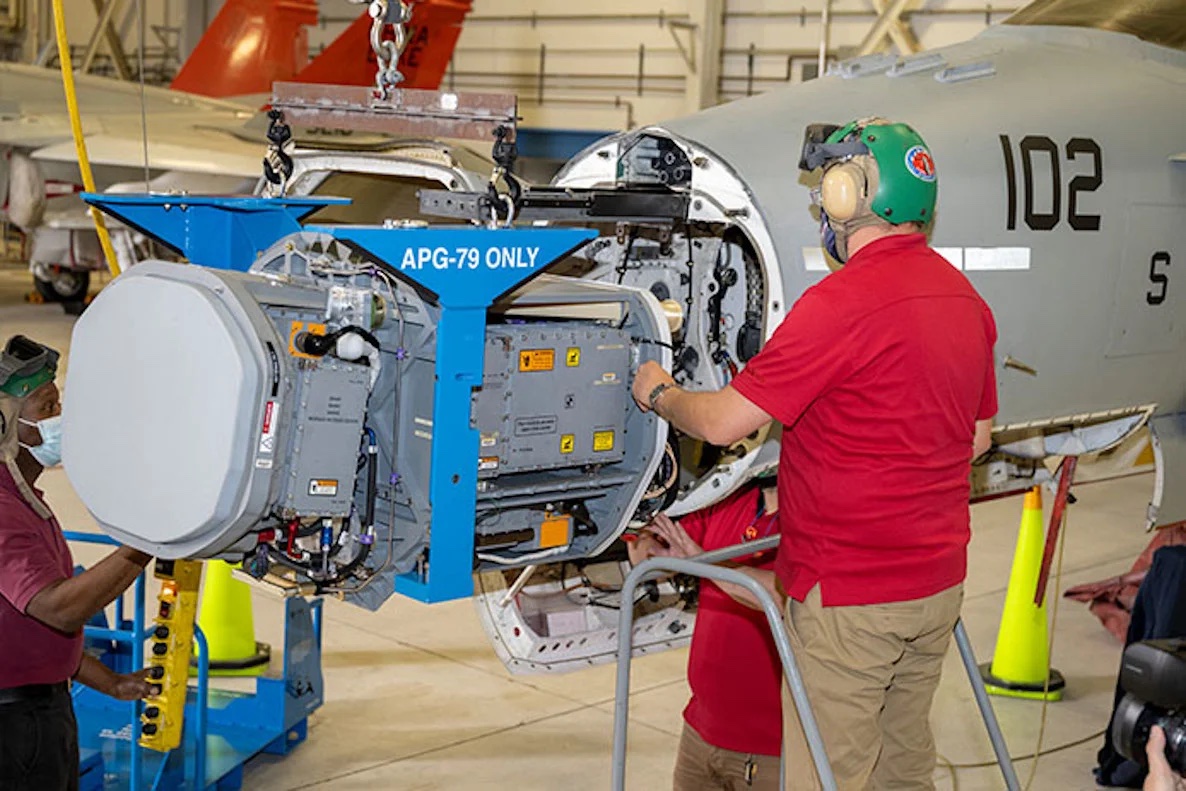
The AESA radar can also take advantage of newer AIM-120 variants that reach beyond the range of the Harrier+’s AN/APG-65 radar set’s range and are ‘networked,’ allowing for third-party targeting and a whole array of other tactics. Smaller air-to-air missiles that are in the works and even laser-guided rockets would allow Harriers to achieve larger magazine depth for tackling incoming cruise missiles and drones, all of which an AESA radar is uniquely capable of detecting and engaging.
As for technological risk in terms of the radar? AESA technology is already fielded on Taiwan’s upgraded F-16Vs and will be delivered on their new Block 70 F-16 aircraft as well, so that is not an issue.

The AV-8B is capable of employing many other types of weapons, of course, including anti-ship missiles, guided bombs, standoff weapons, and various close air support weaponry, and can be adapted to carry new weapons as needed. It could be just as valuable for defending the island from surface warships and eventually an amphibious assault as defending the island’s airspace. Taiwan is heavily armed with AGM-84 Harpoon anti-ship missiles, and even more are on the way, but will its long runway-dependent aircraft be able to deploy them more than once, at best, once the fighting starts?
That’s a highly questionable proposition.
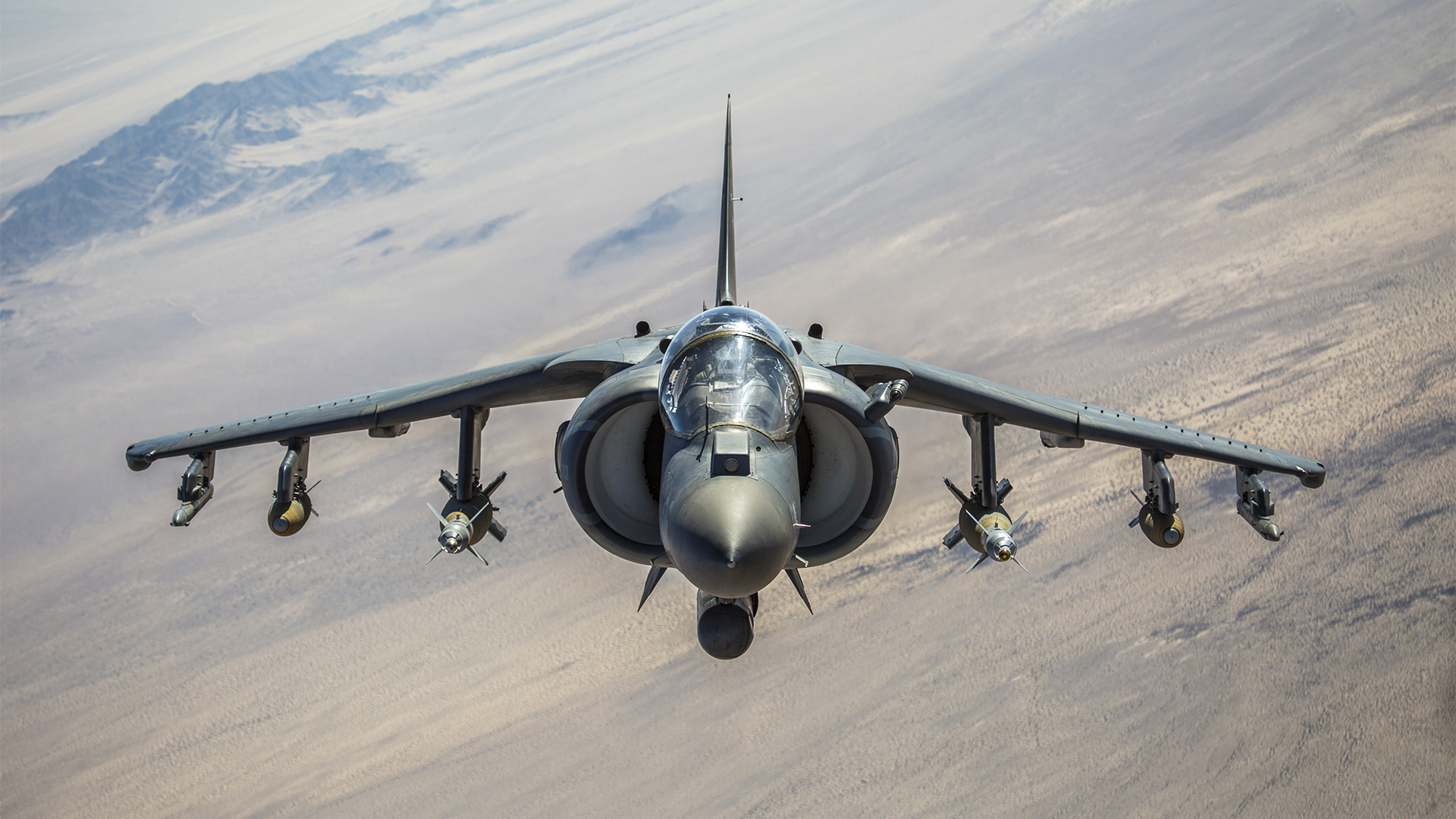
The Harrier, on the other hand, can operate from short operating areas and damaged airfields. This would be especially useful for leveraging highly dispersed basing, including on outlying islands Taiwan controls, as well as for being able to continue to operate out of Taiwan’s reinforced ‘jet caverns’ at major airbases even if their runways and long taxiways are damaged.
So, what we are talking about here is a major wildcard for China to contend with. With the Harrier, shutting down Taiwan’s known fixed-wing operating areas will not allow China to neuter the island’s fast jet tactical airpower.
There have been claims that the AV-8B force isn’t reliable and is old. The current fleet of U.S. AV-8B Harriers is not new, but the jets are relatively young by U.S. tactical jet standards, with the average age of the fleet being 23 years old. Above that, they certainly are not unreliable comparatively speaking. In fact, their mission capability rate has absolutely trounced pretty much all other tactical jet types in recent years, especially the F-35B.

As of April 2022, the availability of mission-capable Harriers hit an incredible 83 percent mark. With new AESA radars, which do not have the maintenance-intensive mechanically scanned antennas to deal with and other old components, this number could rise even more. And this has come at a time when the Pentagon isn’t investing heavily in the AV-8B fleet as its exit is coming so soon, although it will get some additional critical upgrades before it disappears for good. all of which could benefit Taiwan.
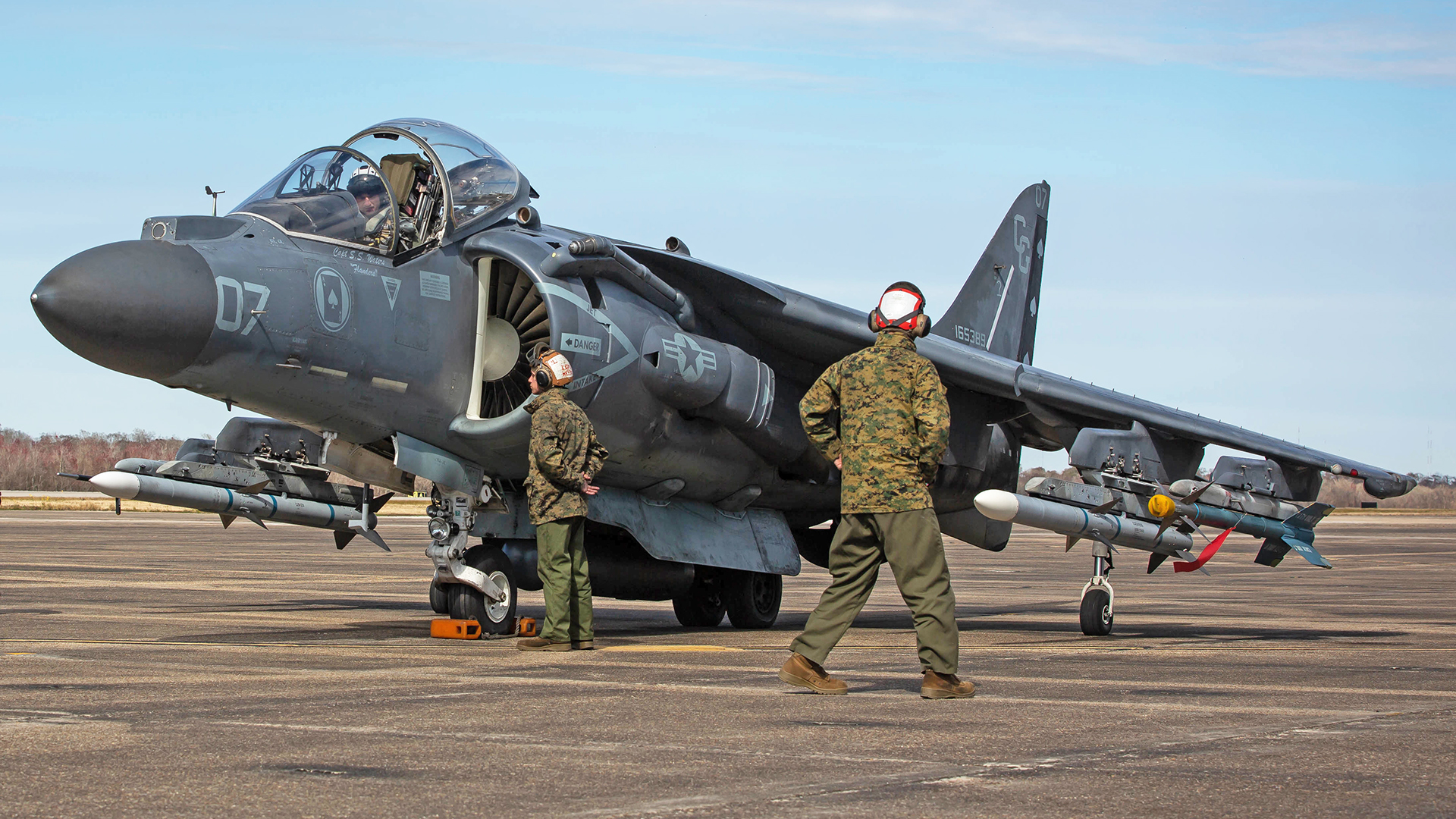
With so many Harriers having been retired so rapidly, in addition to the United States acquiring all of the United Kingdom’s GR7/GR9 Harrier force for pennies on the dollar just for spares, Taiwan should be able to operate these aircraft for years to come. That isn’t to say there won’t be sustainment challenges as there are with any aged aircraft, but Taiwan also has a great local aviation industry that it can rely on to help solve any sustainment problems with the help of Boeing. Doing so could be very beneficial for Taiwan industrially. And once again, Taiwan would be getting the U.S. Harrier enterprise for free, or very little money that would largely be symbolic. They would only have to pay for the upgrades and to bed down and establish their AV-8B program.
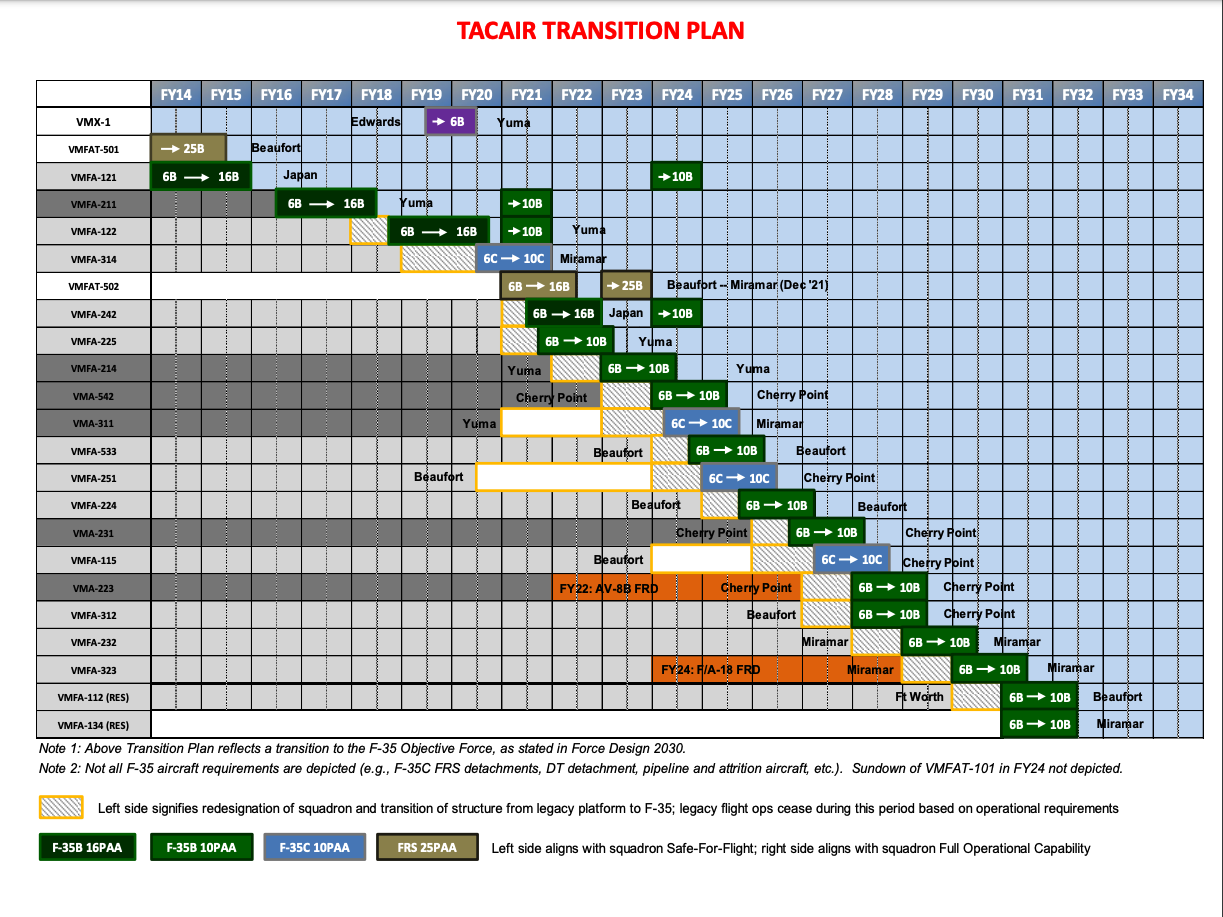
The biggest real roadblock is training. Who will train the Taiwanese Harrier crews?
Considering how essential a STOVL capability could be, they should be able to do this themselves after a period of time. It won’t be easy though. The Harrier is notoriously tricky to fly, but one Harrier instructor pilot explained to me that taking pilots already from another tactical fighter type can make in-house training easier, not mainly for the flying proficiency, but for tactics and employing the jet as a weapon. Spain will continue to operate the Harrier and it’s very possible surplus U.S. aircraft could go to another customer, depending on how many Taiwan would acquire. There are also jets from Italy that could wind up somewhere, so further international cooperation on the type is possible. In fact, it has been posited that the U.S. Harriers would be hot commodities once they retire. Countries like Turkey have shown interest in them, for instance.

It can be argued that the AV-8B’s subsonic performance and less than incredible dogfighting capability — albeit with some very important caveats — puts it at a disadvantage in some cases over its Chinese opponents. Sure, there are always trade-offs, but with helmet-mounted cueing systems/helmet-mounted displays and high-off-boresight short-range air-to-air missiles, as well as a true beyond-visual-range missile capability, this is not the issue it once was. Expanded Link 16 capability for supreme situational awareness will also give it a serious edge. The AV-8Bs are slated to receive the ability to fire AIM-9X Block II Sidewinder missiles and upgraded Link 16 connectivity before it retires. The helmet-mounted display would be an upgrade Taiwan would have to order, but there are off-the-shelf solutions and it would also add much better situational awareness when paired with the enhanced Link 16 — a great thing for defending an island against what will be a large volume of threats on the sea and in the air.
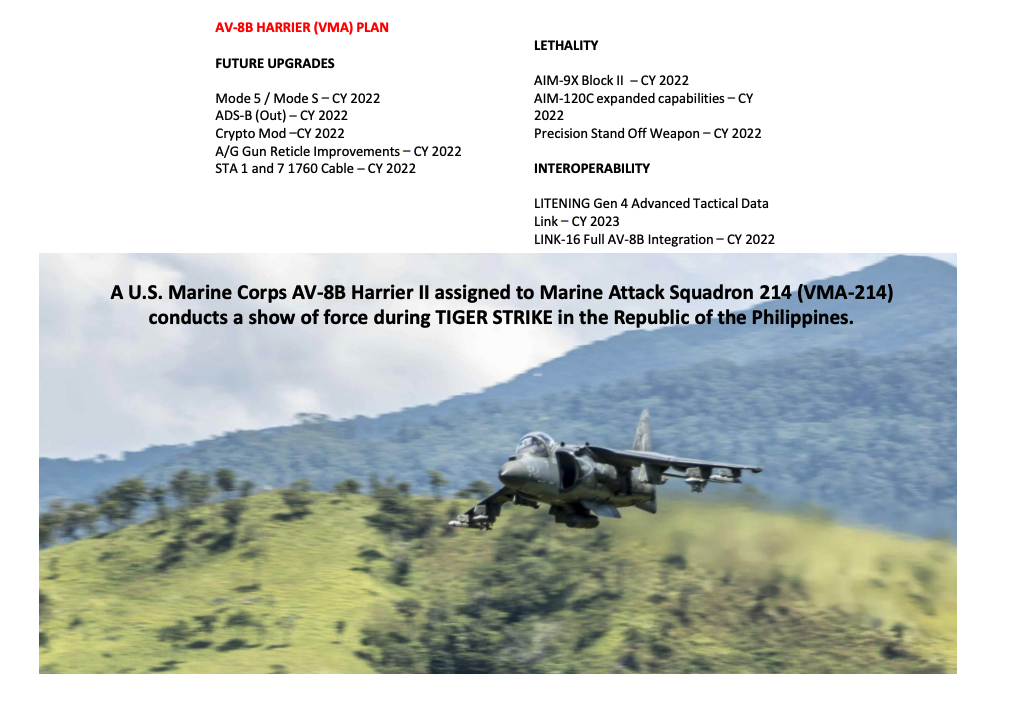
In the end, yes, an F-16V is more capable in many regards, especially in the air-to-air realm, but fitting a similar AESA radar narrows that advantage, and what good is that capability if it is locked in a cavern, cannot land after a sortie, or destroyed on a big vulnerable tarmac?
While Taiwan acquiring more advanced fighters that are better equipped to face off against the PLA is great, there really hasn’t been any remediation in the vastly engorged threat against Taiwan’s airfields aside from working to enhance air defenses. But it’s a numbers game and China knows how to do the math. Beijing will overwhelm the island’s ground and surface-based air defenses on multiple levels, there is no doubt about that.
While Taiwan seems to be in denial about its increasingly dire need for a runway-independent tactical fast-jet that is actually available to it, China has taken that oversight and built a playbook around it. Introducing the Harrier into the equation would complicate Beijing’s war planning and would dislodge long-held tactical assumptions.
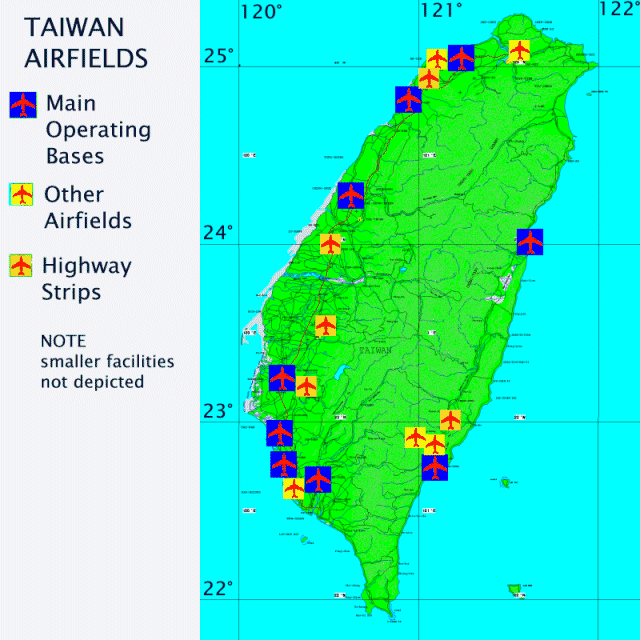
More or less giving the jets and everything that comes with them to Taiwan, as well as training and logistical support to get the fleet on its feet, would also send a strong message to Beijing that the U.S. may have some qualitative limitations as to what it will offer the island, but it will do everything possible outside of them to make an invasion as costly as it can be for Chinese forces. It would also be hard for China to claim a major escalation when we are talking about Harriers here, regardless of how potent they may be in an upgraded form. The same diplomatic framing was used for upgrading Taiwan’s existing F-16A/B fleet and eventually for allowing them to purchase Block 70 F-16s.

The need to expand Taiwan’s tactical jet force is clear, as is the need to get rid of older types that lack capabilities and are very hard to support. The island’s remaining roughly 25 front-line F-5s and 45 Mirage 2000-5s are the most glaring examples. Replacing these aircraft with Harriers would diversify Taiwan’s aerial fleet with a capability no other type has.
At the very least, now that the Harrier is in the final endgame of its service with the USMC, the idea of Taiwan fielding the best of these jets should be carefully examined. The availability of these aircraft and the ease of providing a major radar upgrade to them, paired with the harsh reality that Taiwan’s fast jet operating areas are very unlikely to survive a PLA onslaught from all vectors, makes it a highly attractive option that needs to be weighed seriously. Now is the time to do it as there is still a handful of years before the U.S. Marines will be out of the Harrier business for good.
Contact the author: Tyler@thedrive.com
